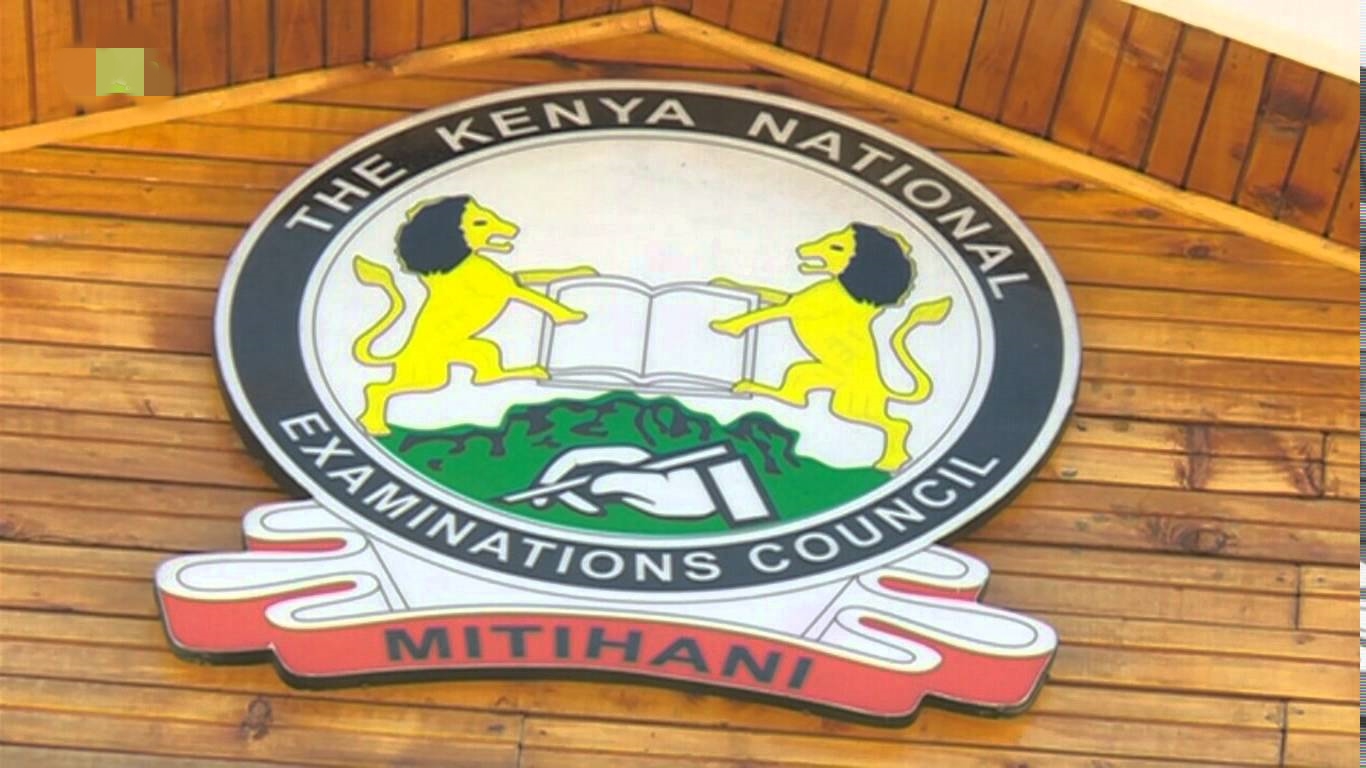The United States Air Force has revealed radical plans to ‘bomb the sky’ in a bid to improve radio reception. They have already granted contracts to three research teams to develop the technology needed to do this.
A fleet of tiny satellites will be used to detonate ‘plasma bombs’ in Earth’s upper atmosphere using a fleet of microsatellites to improve the range of radio communications.
The hope is that ‘CubeSats’ (pictured) will carry massive amounts of ionized gas to the ionosphere to create radio-reflecting plasma.

The ionosphere begins roughly 40 miles above the surface of the earth.
The curvature of the earth limits ground-based radio signals. Basically, signals traveling more than 70 kilometers must be given a boost.
Range can however be improved by bouncing the radio signals between the ionosphere and the ground, allowing them to zigzag over greater distances.
It’s not the first time we’ve tried to improve radio communication by tinkering with the ionosphere. HAARP, the High Frequency Active Auroral Research Program in Alaska, stimulates the ionosphere with radiation from ground-based antennas to produce radio-reflecting plasma.
Now the USAF wants to do this more efficiently, with tiny satellites – such as CubeSats – carrying large volumes of ionised gas directly into the ionosphere.
There are two main challenges in this ambitious plan. The first is building a plasma generator small enough to fit on a CubeSat, and the other is controlling how the plasma disperses once it is released.
Three teams have been awarded contracts to sketch out different proposals. The best proposal will be selected for a second phase in which plasma generators will be tested in vacuum chambers and exploratory space flights.
Source: Nairobi Wire



